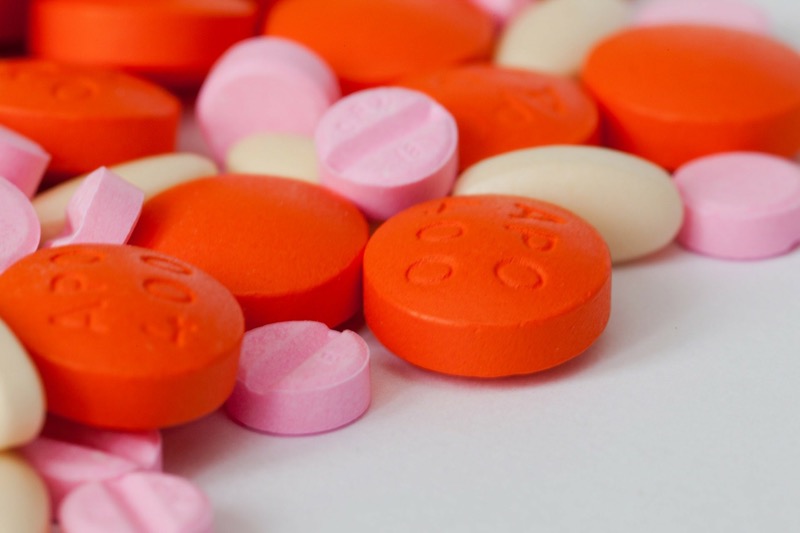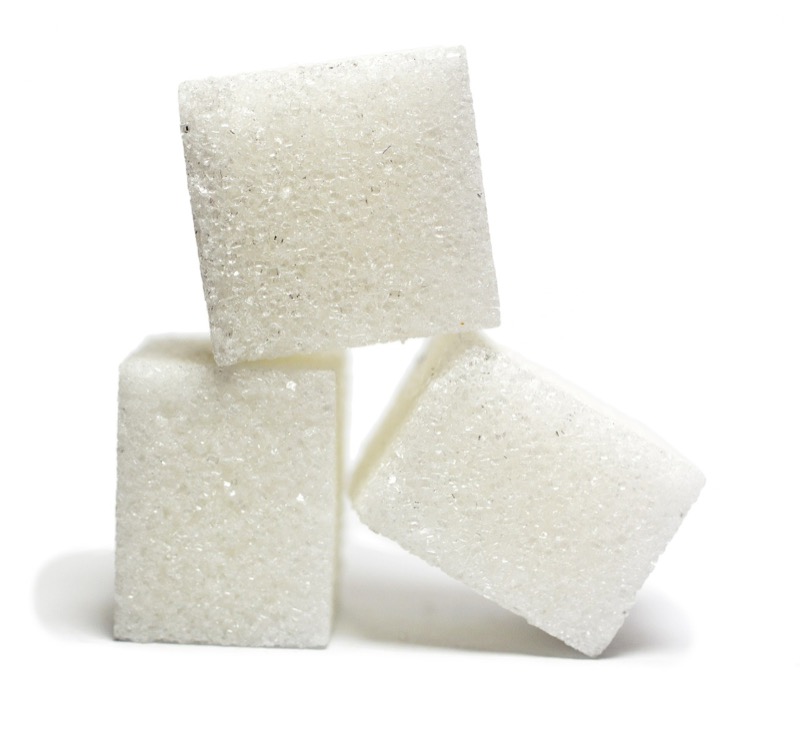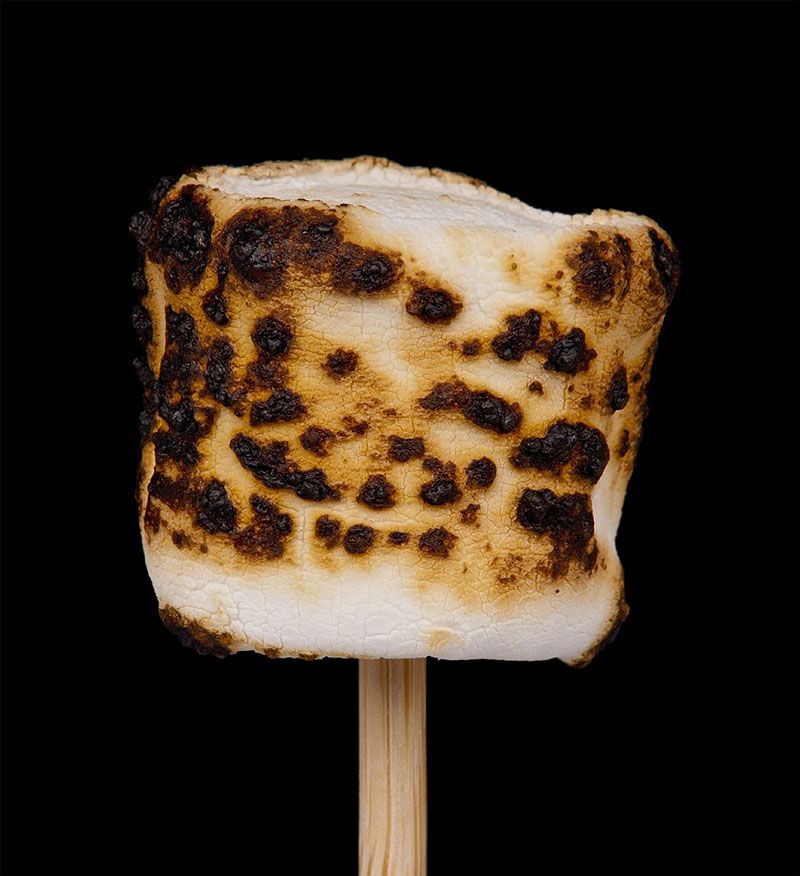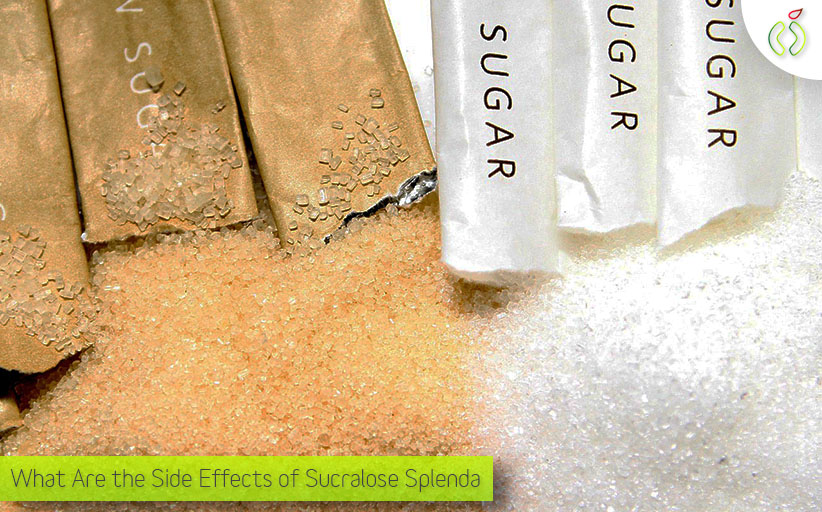Don’t let large companies fool you. There are no magic alternatives to sugar, especially when it comes to sweeteners. There are reports from around the world from many people who say they have suffered from sucralose.
You know, I must tell you that there are a lot of problems that arise after you eat sucralose:
- gastrointestinal disorders;
- cramps, dizziness and migraine;
- blurred vision;
- allergic reactions;
- increased sugar level in blood;
- weight increase;
- and many other problems.
Currently, there have been only six trials in humans. Only two of them have been completed and published.

By the way, since I’ve mentioned weight loss, I recommend coconut oil, which helped me lose 8 pounds!
What should you know about sucralose?
Sucralose – appeared on the market with a well-known marketing ploy:
“Made of sugar, and has the taste of sugar.”
Sucralose has occupied the first position in the sales of artificial sweeteners within a very short period of time.
I don’t intend to bore you with statistics, but it’s interesting to note that over the last 5 years, the percentage of people consuming products with sucralose has increased from 3 to 20 percent. Within one year of sucralose sales, revenues exceeded $177 million compared with $62 million earned on aspartame and $52 million on saccharin.
Sucralose manufacturers, in the course of the marketing, claim that they have further improved the product and that nowadays sucralose is a better and healthier food additive than ever before. The manufacturers convinced the average consumer that sucralose is actually safe. Furthermore, they argue that more than 100 studies on the safety of sucralose have been carried out. However, what they don’t tell you is that most of the studies have been carried out on animals.
More problems associated with the study of sucralose
And you know what? There have been no long-term studies and so we can’t even know how this sugar substitute behaves in the human body. Moreover, there were no researches on children and pregnant women, who use sucralose nowadays.
You’ve probably heard that the competition among manufacturers of sweeteners is enormous and huge. At present, the sugar industry is suing the manufacturers of sucralose, because they claim that sucralose is a natural form of sugar without calories.
Is sucralose really sugar?

I have no doubt that sucralose is a sugar molecule, and this is really so. But surcalose is a synthetic chemical that has primarily been made in the laboratory. It is made in several stages, three molecules of chlorine are added to the sucrose or sugar molecule. Sucrose molecule is a disaccharide, which comprises two individual sugar molecules, which are linked with one another: glucose and fructose. Sounds complicated? Well, it’s essential to understand this (at least vaguely) in order to know what sucralose truly is.
While producing the sucralose, a chemical process takes place which alters the chemical composition of sugar in such a way that it becomes converted into the fructo-galactose molecule. This type of sugar molecule does not occur in nature and therefore your body does not have the ability to absorb it properly. As a result of this ‘unique’ biochemical reaction, manufacturers claim that sucralose is not metabolized in the body, which makes it a product with no calories.
But here’s the catch: scientists cannot say with certainty that sucralose contains no calories. If your body is able to absorb it, it means it has more than zero calories.
There are a few products that you can really substitute, for example vegetable oil with canola oil, olive oil, coconut oil.
How much sucralose remains in your body after you have eaten it?
If you look at studies (which were primarily carried out on animals), you will see that in fact 15% of sucralose is absorbed in the digestive system and eventually remains in your body. 15% means that some people absorb more and some – less. In one of the studies carried out on humans, one of the six participants singled sucralose even after 3 days of consumption. It is obviously that his body could absorb and metabolize this chemical. This is a natural function of our body.
The point is that we all have our own unique biochemical reaction. Some of you will absorb and process more than others. If you are healthy and your digestive system works well, you may be more at risk of destruction of this product in your stomach and intestines.
If you feel that sucralose affects you negatively, I advise you to stop using it. Do not let anyone convince you that it is a psychological problem. Your body knows better what it needs.
How to determine that sucralose harms you?
The best way to determine if sucralose affects you is to carry out the ‘cleansing’ of the body. Do not consume sucralose and other artificial sweeteners for 2 weeks. After that, start using it again, in sufficient quantities.
For example, use it in your morning drink, and eat at least two products containing sucralose during the day (instead, you can use sucralose in drinks, but at least 3 times a day). At this time, remove all other artificial sweeteners, so you can find the cause of the problem.
Use it from one to three days. Pay attention to your health, especially if it differs from how you felt when you were without sucralose.
Sucralose can still harm you!
If you have completed the experiment described above, and have not noticed any changes, in this case your body can take sucralose. However, please note that there were no enough experiments and at this stage, you are the experimenter. This matter has not been sufficiently studied, which is why I advise you to be wise about it.
Let’s look at the facts again:
- There have been only six trials in humans.
- At least 15% of sucralose is not removed from your body and remains there.
(1,1,1-trichloro-2,2-di (p-chlorophenyl) ethane IUPAC, by rational nomenclature – trihlormetildi (p-chlorophenyl) methane) – is insecticide applied against mosquitoes, soybeans, peanuts and cotton pests. Really effective means against locusts. It is prohibited for use in many countries due to the fact that it is supposedly able to accumulate in animals and humans. Some environmental activists argue that it particularly harmfully affects birds’ reproduction (accumulates in the egg shell).
If the facts given above have not convinced you because you believe that the WHO (World Health Organization) will never allow toxic substances to enter the market, then continue reading.
You Cannot Cook On Sucralose
Sucralose manufacturers claim that sucralose can be used in cooking, such as sweet pastries.
But in reality during heat treatment sucralose produces chloropropanol – toxic substances belonging to the class of dioxins. The formation of toxins starts already at 119 degrees Celsius. At 180 degrees sucralose is destroyed completely.
What’s even more alarming is that the main effects of human consumption of dioxide compounds – are endocrine disorders and cancer.

Sucralose is especially dangerous when heated in a pot made of stainless steel. In this case not only dioxins but also polychlorinated dibenzofurans, which are also very toxic compounds, are formed.
Do you really believe that someone is trying to protect you?
WHO (World Health Organization) and the FDA has a long history of ineffective screening and rampant conflicts of interest, as shown in their inability to identify the drug «Vioxx» as very dangerous. This mistake costed the lives of 55,000 people.
Now I want you to understand, because it is really important to know that sucralose is not a medicine, but just a food additive. As you know, the number of studies required for the approval of the WHO for dietary supplements is significantly less than for drugs. «Vioxx» spent ten times more clinical trials than the company which produces sucralose, and, despite this, it was able to kill 55,000 people.
Now that you know the main side effects of sucralose as well as all the risks associated with the consumption of this sugar alternative, the choice is yours!
You’d be better off without Sucralose Splenda. Instead, I personally recommend 3 Delicious Gluten Free Sugar Free Recipes, if you’d like to avoid natural sugar.
You could also help me spread the warning about the side effects of sucralose, by sharing this article with your friends and writing your own experience with sucralose in the comment section below.
If you or any of your friends/relatives has ever experienced anything bad related to sucralose, please share it, and let’s make the world a better and safer place together!






